How to display an image from a laptop on a TV?
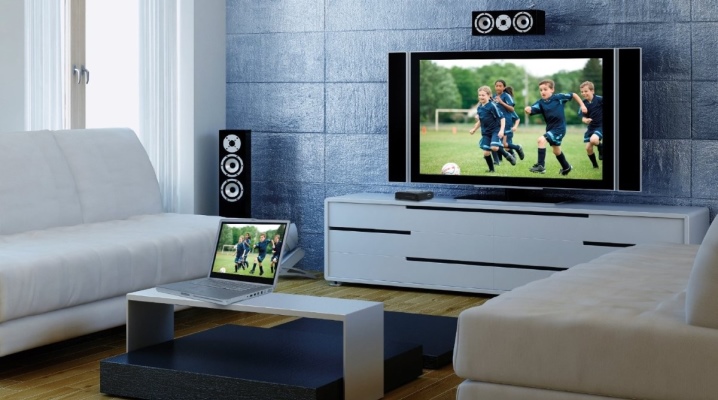
Nowadays, almost everyone in the house has a TV, laptop and personal computer. The presence of such a large number of devices allows each family member to have their own device, which they can use at any time.
But this also opens up possibilities for displaying a picture from one device to another, for example, from a laptop or PC to a TV, because it is more pleasant to watch a movie on a 43-inch monitor than on a 19-inch one. In our article, we will learn how to do it correctly.
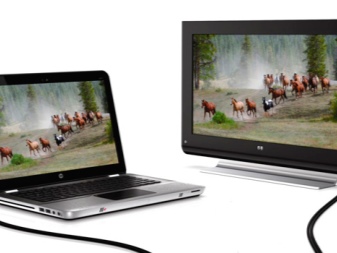
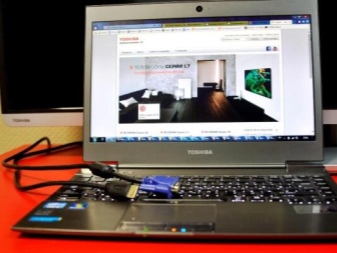
How to transfer with cable?
First, you need to note that there are two ways to display an image from one device to another:
- wired;
- wireless.
In the first case, the following technologies are used:
- HDMI;
- DVI;
- S-Video;
- USB;
- LAN;
- VGA;
- Scart.
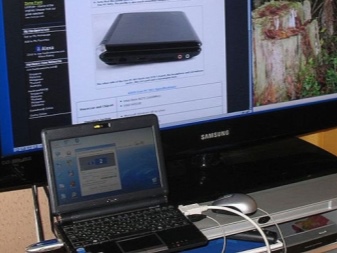

HDMI
This method of cable connection is considered to be the most optimal today for transferring media data from one device to another. This type of technology makes it possible to transfer files at high speed, and one cable allows you to transfer not only the image, but also high quality sound.
How do you transfer images from a laptop to a TV using this technology? It is enough just to connect a pair of devices together with the appropriate cable. After that, on the TV, you should turn on AV mode and find the port to which the HDMI cable is connected. And on a laptop, you need to enter the on-screen settings, set the appropriate resolution and configure the correct display of the displays. That is, in fact, it will be possible to control two screens on a laptop. But in general, in such a situation it will be possible to use several modes:
- duplication - the same picture will be displayed on both displays;
- display on the screen of one device - then the display of the other device will simply turn off and will be in sleep mode;
- screen extensions - in this mode, the TV will become like a second monitor.
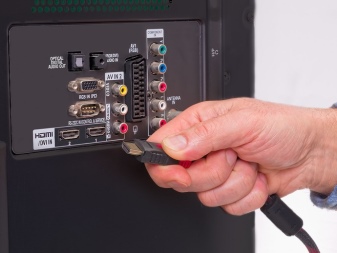
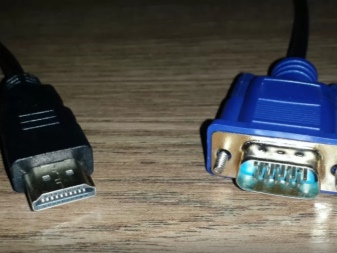
In conclusion, it should only be added that for the correct operation of this connection format, the corresponding driver must be installed on the laptop. It usually comes with video card drivers.
DVI
This connection standard was developed for the transmission of video images to digital devices. It was HDMI that replaced it. Its main disadvantage is that it does not support audio transmission. For this reason, you will need to use a TRS connector or adapter, it is also a mini-jack. And even more people are familiar with it as a headphone jack. To broadcast an image to a TV screen from a laptop, you will need to perform almost the same actions as in the case of HDMI. After that, you can start playing any file immediately.
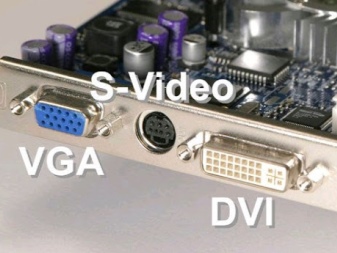

S-Video
The third format that allows you to implement the task considered in the article is called S-Video. This interface belongs to the analog type and allows you to transfer video files only in standard quality 576i and 480i, that is, video transmission in HD, and there is no more Ultra HD format. Few TV models have such a port, for which reason, in order to make this type of connection, in the vast majority of cases you will need to get an S-Video to RCA adapter. In addition, there is still a limitation on the length of the cable.Models with a length of more than 2 meters should not be used, due to the fact that the longer the cable length, the lower the signal quality will be. This format also cannot transfer sound. Because of this, similarly to DVI, you will need to use a mini-jack.
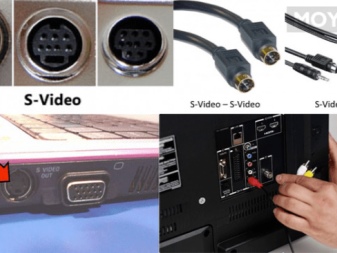
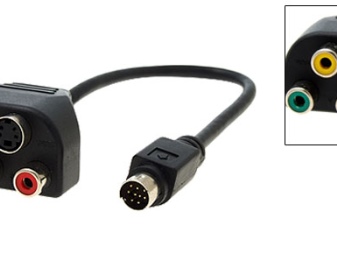
Of the features in terms of setup, it should be noted that after the cable is connected, you will need to select an active signal source on the TV.
USB
But the connection through this connector, although it is easy to do, but transferring the image through it is technically impossible. The specified standard was not conceived as a transfer of image and sound. Through it, you can only make the TV recognize the laptop as a flash drive, making it possible to view presentations, some text documents and images, but no more.
The only way to somehow use USB to dub a laptop display is to use the HDMI port on the TV as well. Then it will be possible to purchase an external video card, which, in fact, will be an adapter, and install the corresponding driver on the laptop.
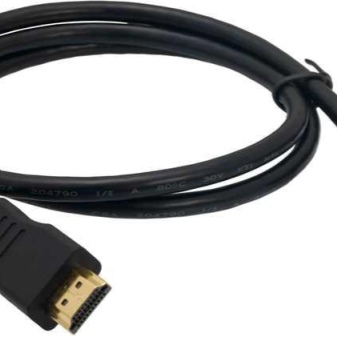
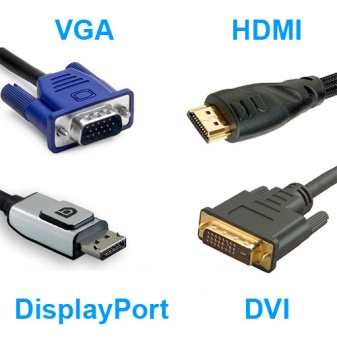
But video playback in a certain quality will depend directly on the characteristics and capabilities of the external video card itself.
LAN
Another way to transfer images to a TV from a laptop or computer will be LAN. It is interesting in that it differs significantly from the above methods. LAN is a wired Ethernet type connection. If the TV is not equipped with a Wi-Fi module or there is no technical possibility of connecting it, then this option is the best solution.
To duplicate a PC image to a TV, you need to follow a specific sequence of steps.
- Connect the TV device to the router using a network type cable. For correct operation, the DHCP protocol must be correctly configured on the router. If this is not done, then you will need to register the network settings directly on the TV manually.
- Now you need to connect a laptop to the same network. And it doesn't matter how to do it: using a wire or wirelessly.
- A program should be installed on the laptop to output files to the TV... Alternatively, you can use a software called Home Media Server. Even a person who does not understand the intricacies of laptop control can customize this program.
- It remains to open shared access to the necessary directories.
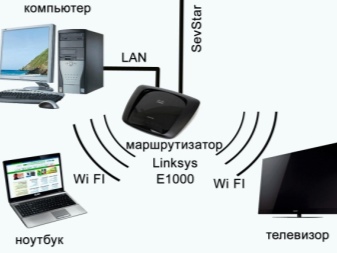

After that, you can transfer the necessary media files and play video and audio.
VGA
Another extremely popular image transfer interface is VGA. Almost any device today is equipped with such a connector. To create such a connection, it is required that the laptop and TV have the appropriate connectors and cable. If all this is there, then you will need to perform the following actions:
- insert the cable into the connectors on both devices;
- turn on the laptop and TV;
- now you need to select VGA as the main signal source;
- on the laptop, you should configure the connection and set a comfortable resolution.

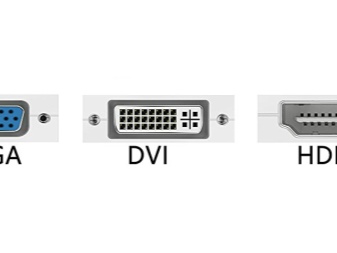
To set it up, you need:
- on an empty place of the desktop, right-click;
- find the item "Screen resolution" in the context menu;
- select the "Screen" menu;
- select the desired image broadcast mode;
- press the "Apply" button to save the changes.

By the way, it must be said that audio transmission is also impossible using the VGA connector. If you want to transmit sound, then you can use the already twice mentioned mini-jack connector.
Scart
The SCART connector is a standard that enables the transmission of both digital and analog signals. Yes, and you can connect a high quality video source to your TV without intermediate encoding.
To broadcast a movie on a TV from a laptop, it would be better to use a VGA-SCART adapter.It's just that many TV models have a SCART connector, and many laptops have VGA.
In general, if we talk about wired ways to project an image from a laptop to a TV, then the most suitable option would, of course, be HDMI. after all, this standard allows the transmission of high quality video and sound without much time consuming.

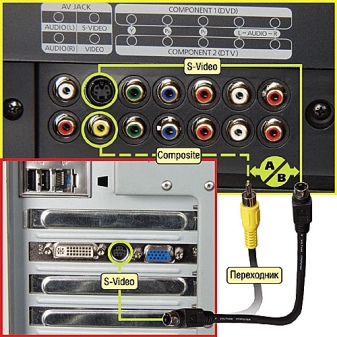
Wireless transmission options
As you can understand, if desired and technical capabilities, you can configure and wireless transmission of images from a laptop to a TV. One way to do this would be a DLNA connection. To use this technology, the TV must be classified as Smart TV and have a Wi-Fi module.
If you want to broadcast from a laptop to TV in this way, you will need to:
- connect both devices to the Wi-Fi router, on the TV, you will need to specify the access point as the main one and enter the password;
- on a laptop you will need open the "Network and Sharing Center" section and make the server, and select the home network as the main network;
- now you need to select the files you want to transfer, for which you need to click on the right mouse button, then enter the "Properties" and open the "Access" tab, now you need to switch the checkbox to the item "Share this folder";
- now on TV you can open the files you want.


By the way, if the TV and laptop support the Wi-Fi Direct function, then you can transfer files in such a way that it will be much faster.
Another way how you can project a video signal from a PC to a TV would be a technology called Miracast. In fact, thanks to it, the TV will become a wireless monitor of your PC. The advantage of this method is that the technology does not matter what video stream is broadcast - any video encoded with any codec and packed in any format will be transmitted. Even a file that is write protected will be transferred.
I must say that not all devices support this technology. For it to function fully, the equipment must run on an Intel processor. If it is, then to carry out the transfer, you will need to perform a sequential sequence of actions.
- Activate Miracast (WiDi) on the TV... If this function is absent for some reason, then you just need to activate Wi-Fi. If you have a TV from the South Korean brand Samsung, then there is a special key called "Mirroring".
- Now you need to run on your computer programs called Charms.
- Here you need to press the key "Devices"and then choose "Projector"... Sometimes this key is also signed. Send to screen.
- If the Miracast technology is supported by the personal computer, then offer "Add a wireless display".
- All that remains is confirm itto be able to broadcast the necessary content from your laptop to your TV.


Recommendations
If we talk about recommendations, then first of all, the user should clearly understand the characteristics and capabilities of the devices that are at his fingertips. Most often, problems arise due to the fact that users do not know which formats their equipment supports, and therefore often cannot decide on the correct type of connection.
Another important point is that when purchasing various cables and Wi-Fi modules, it is imperative to check their operability right in the store, otherwise, later, when connecting, the user is perplexed, why nothing works, and begins to sin on the technique, although the problem lies in a poor-quality cable.
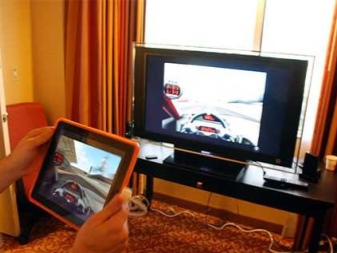
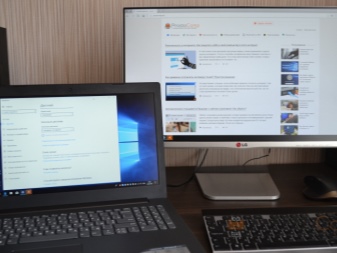
The third aspect will be important for users who use a wireless connection. It consists in the fact that before starting work, you should make sure that the router is working and that there is an Internet connection if we are talking about LAN.
In general, as you can see, there are quite a few ways to transfer images from a laptop to a TV.
Thanks to this, the user gets a lot of opportunities to find the most suitable option for him.
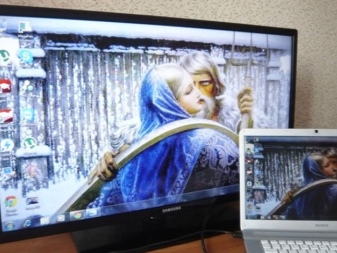
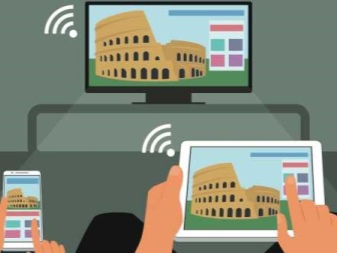
For information on how to display an image from a laptop to a TV, see the video below.













The comment was sent successfully.